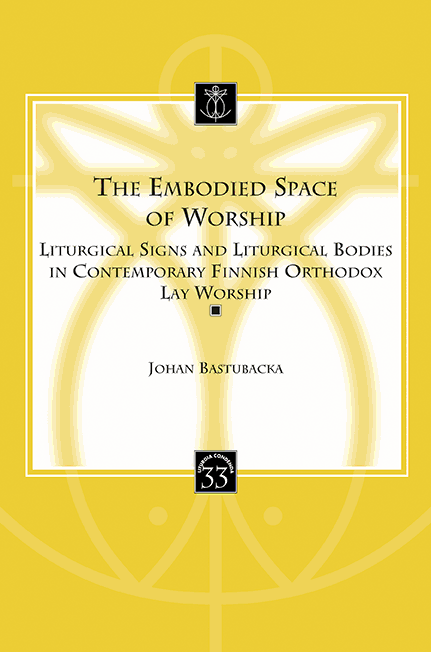The active, bodily and nonverbal participation of lay people is a defining yet overlooked aspect of the Orthodox Divine Liturgy. Moving beyond the more traditional and thus far predominant research focus on verbal and priestly dimensions, this study explores the role of lay liturgical signs in shaping the celebration of the Mystery. Lay liturgical signs and figures appear structurally and functionally vital in worship, making semiotic categories manifest. The practice of liturgical signs has historical roots closely linked to the governance of canons and the theological insights of mystagogues. Through the observation of the Finnish Orthodox Divine Liturgies (2014–2016), an image of the church as a body-space composed of people, spaces, liturgical signs, and signification emerges. In this way, this book presents how the Finnish Orthodox Church is an embodied space of worship.

books & series
e-books
journals
eCSCO

 English
English
 add to cart
add to cart
